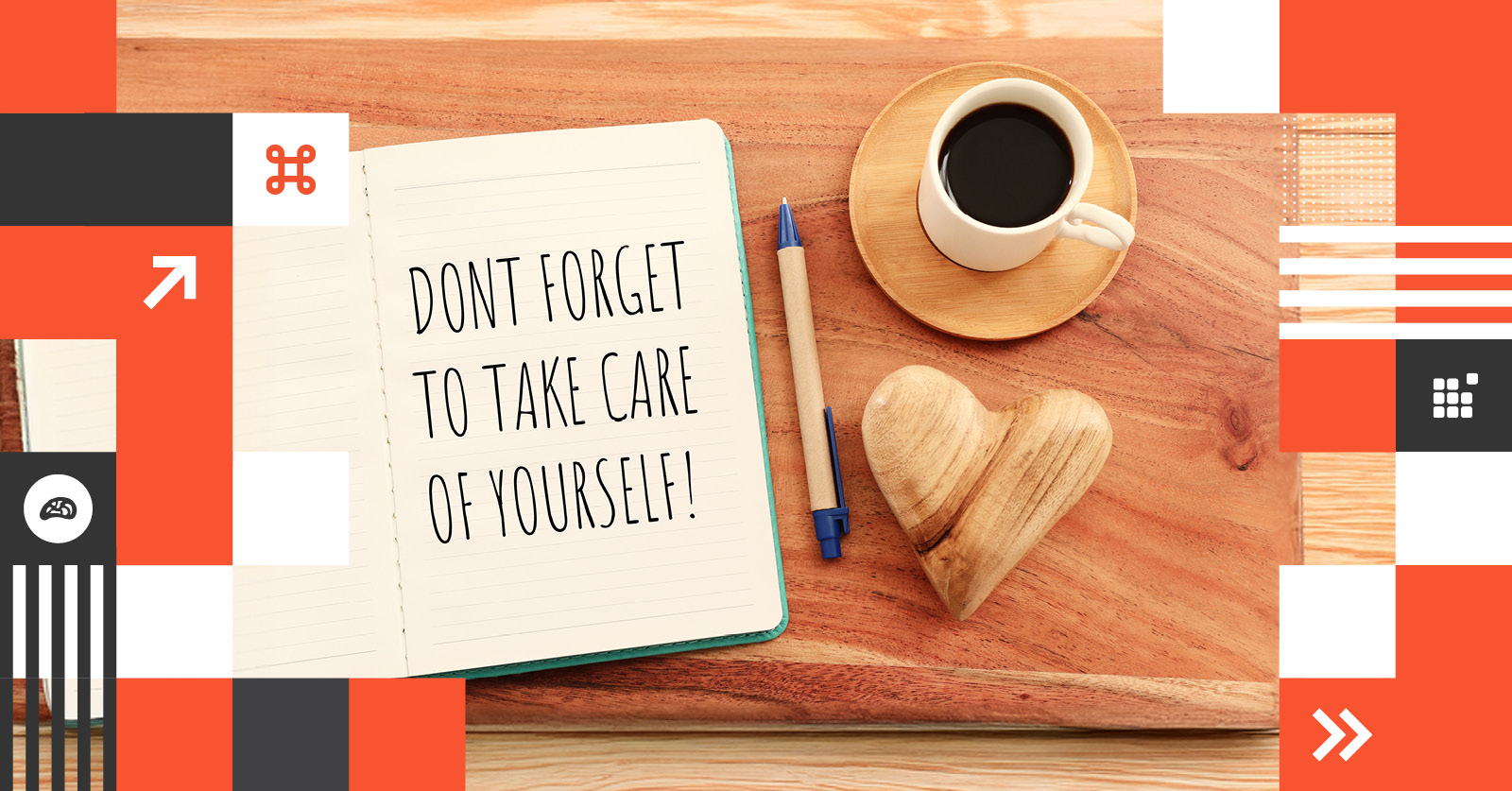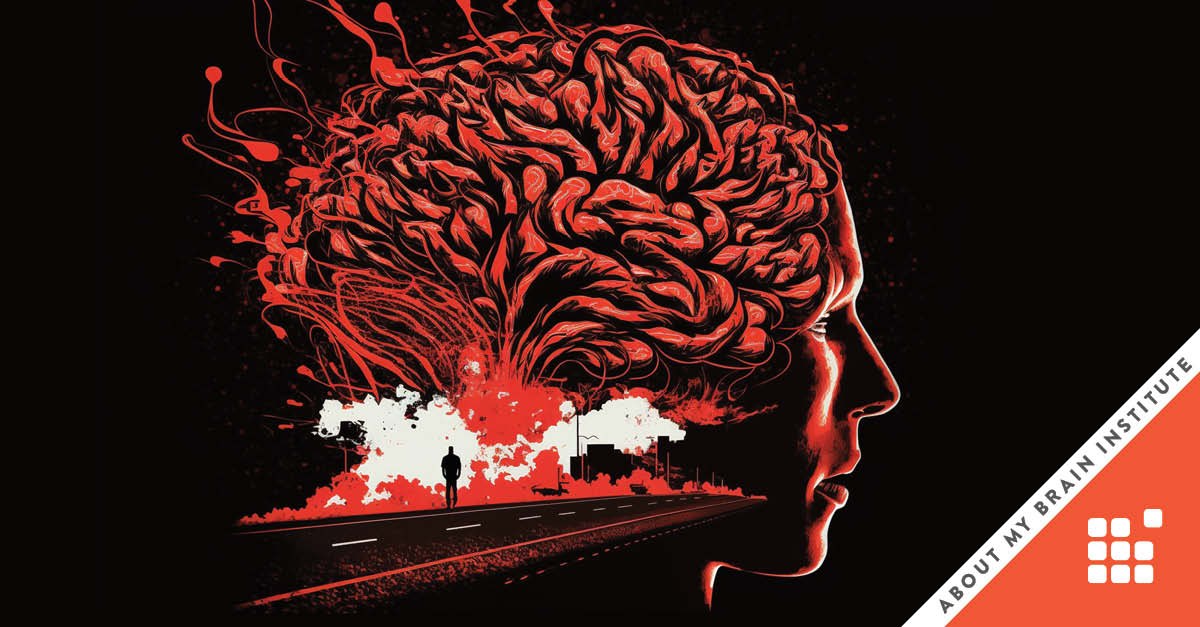Optimizing Your Well-Being
Attribute: Fit

Benefits of Staying in Shape
Caring for your physical condition is not merely a choice but an essential investment in your health and vitality. Physical self-care supports cardiovascular health, muscle strength, bone density and overall physical resilience. Regular exercise and a balanced diet improve cognitive function, memory and mental clarity. Physical self-care encompasses activities and practices that promote the health and vitality of your body, including exercise, nutrition, rest and preventive care. A physically healthy body forms the foundation of a vibrant and fulfilling life, enabling you to pursue your goals, engage in activities you love and enjoy a higher quality of life.
- Disease Prevention: Regular exercise and balanced nutrition help reduce the risk of chronic diseases such as heart disease, diabetes, and certain cancers.
- Mental Well-Being: Staying physically active boosts mood, reduces anxiety and depression, and promotes better sleep by releasing endorphins and regulating stress hormones.
- Longevity and Vitality: Physical self-care enhances longevity by maintaining muscle mass, bone density, and overall mobility, allowing you to enjoy an active life as you age.
- Cognitive Health: Regular physical activity improves cognitive function, supports memory retention, and enhances mental clarity.
Keep reading ↓
Keep reading ↓
Newsletter
Assess How You Prioritize Physical Self-Care
Consider these self-reflective questions:
- How consistently am I incorporating physical self-care practices into my daily routine, such as exercise, nutrition, and adequate sleep?
- Do I regularly reflect on my physical well-being and assess whether my current habits are contributing positively to my health? How do I adjust my self-care practices based on this self-reflection?
- How effectively am I using physical self-care as a means to manage stress and maintain overall well-being? What techniques or activities have proven most beneficial in this regard?
- What are my long-term health and fitness goals, and how do my current self-care practices align with these objectives?
By considering these questions, you can reflect on your commitment to physical self-care and how your habits are contributing to your overall health and well-being.
Keep reading ↓
Prioritize Physical Self-Care
- Regular Exercise:
Incorporate physical activity into your daily routine. Aim for a mix of cardiovascular, strength, and flexibility exercises. - Balanced Nutrition:
Consume a varied and balanced diet rich in fruits, vegetables, whole grains, lean proteins, and healthy fats. Minimize processed foods, sugar, and excessive salt. - Adequate Rest:
Prioritize quality sleep, aiming for 7-9 hours of restful sleep each night.
By understanding the importance of caring for your physical well-being, actively implementing self-care practices, and fostering a lifestyle that prioritizes health, you can achieve a state of physical well-being that empowers you to live life to the fullest. Remember that physical self-care is an investment in yourself, offering the foundation for a vibrant and flourishing life.

Explore the Items
Read each article!
Supporting content
Balance Articles
Check out the latest blogs to learn more about this topic!

Learning To Be Calm: The Neuroscience Behind Workplace Stress

Impulse Control In Leadership

How Energy & Vitality Enhance Your Performance
Bibliography
This article has been inspired by the following sources:
- National Institutes of Health. (n.d.). Physical wellness toolkit. https://www.nih.gov/health-information/physical-wellness-toolkit#:~:text=Watching%20what%20you%20put%20into,disease%2C%20and%20increase%20your%20energy.
- Morin, A. (2020). Why you should take care of your body and health. Verywell Mind. https://www.verywellmind.com/why-you-should-take-care-of-your-body-and-your-health-3145077
- Damiano, S. (2018). Balance: The secret recipe for high performance. About My Brain Institute. https://www.aboutmybrain.com/blog/balance-the-secret-recipe-for-high-performance
- Damiano, S. (2019). Preparing ourselves for high performance. About My Brain Institute. https://www.aboutmybrain.com/blog/preparing-ourselves-for-high-performance

